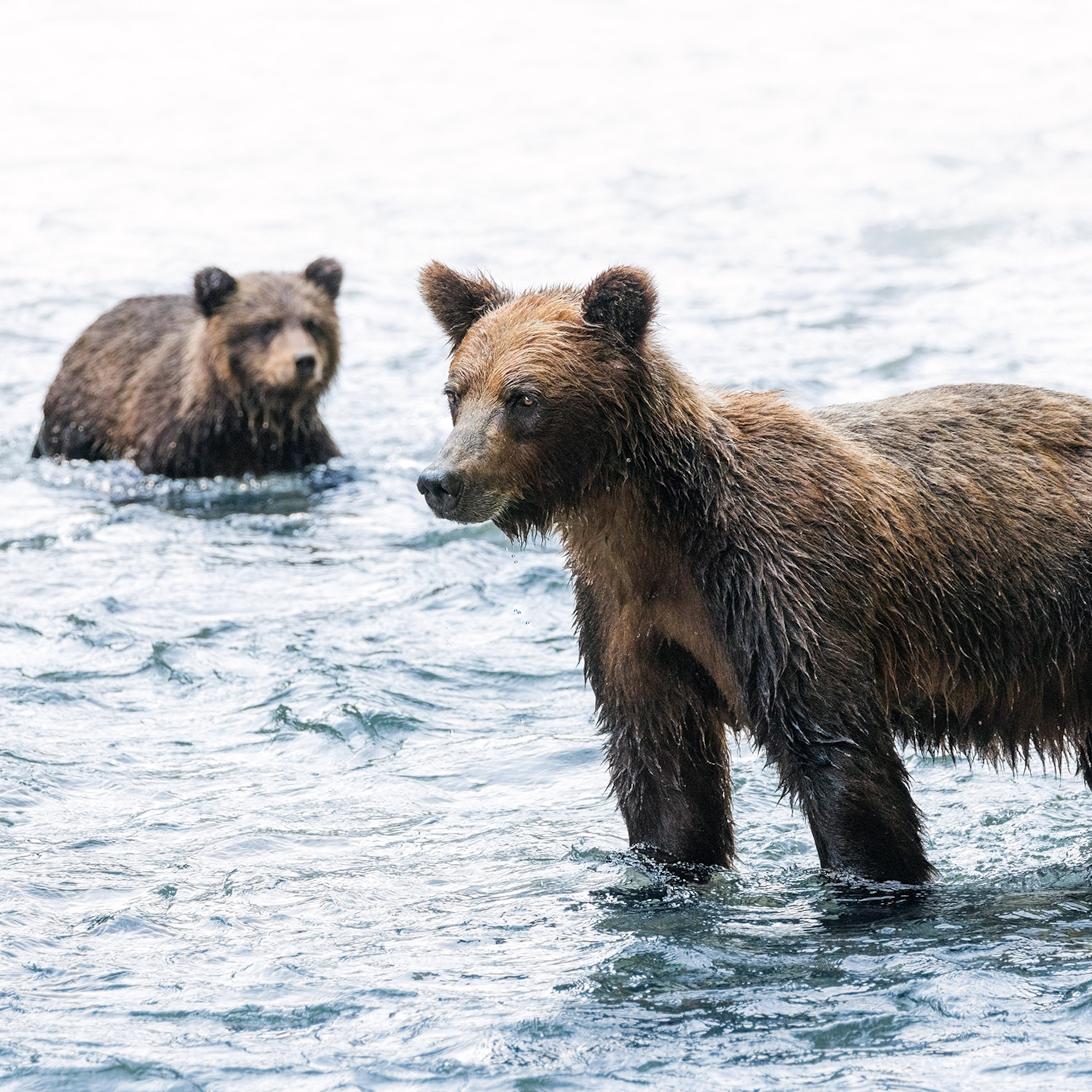
Take Better Adventure Photos – Part 2
Like many “pros” out there, I’m a self-taught photographer—after all photography itself is not that complicated. Over the years I’ve become a lot more efficient at capturing the outdoors, but my style has never changed. Everyone has their own style, and that’s not something that should be force fed. But underneath every personal taste there are always going to be universal “laws” and tricks that photographers use to make great images. Some may seem basic, and others a bit alien, but hopefully there is something in here for everyone. At the end of the day, these are just tips to shoot what I want to shoot. You can adapt them for your vision and your adventure.
Aperture and Depth of Field
I’m going to be using an imaginary lens of F4-F22 here for this discussion.
It’s important to understand how the aperture works on your camera, but don’t get too obsessed in it. Think of the aperture as being the iris of your lens—confusingly, the lower the “F-stop” number the more open the iris is going to be. So an F Stop of F4 is the most “open” my lens can go and therefore the most light it will allow in, conversely an F-Stop of F22 is the equivalent of the iris going as small as it can go and only letting in a very small amount of light.
Aperture affects two things—sharpness and depth of field.
• Sharpness
The concept of sharpness is pretty intuitive. As mentioned above there is a “sweet spot” in every lens where you will achieve pin-sharp images for a certain aperture rating, just Google it. In my case my sweet spot is F8-11. As I move away from those values in either direction (toward F22 or F4) I start to loose sharpness in my images. If you want a visual aid then just open your eyelids as far as they will go and then squint—crude, yes, but you’ll notice that both extremes are not very sharp.
• Depth of Field
Depth of field is a little more complicated and takes experimenting out in the field to fully understand its effects. It is a lot easier to understand if you just call it depth of focus—the ability to have all the image in, or out of, focus. Don’t panic, 99 percent of your shots are always going to be fully focused across the whole image, but when shooting a subject very close up (a meter or so away), or when zoomed in to a subject you’ll notice that the background can be blurred out. You may want to keep that effect but if you want to have all the image in focus (extend the depth of field) then you’ll need to move the F-Stop number towards F22. The exact F-number depends on many factors and the only way to get to grips with it is go shoot outside and see the results.
Using a shallow depth of field forces the opposite look and allows you to blur out the image around the subject you’ve focused on. It’s intuitive that if you need to shoot toward F22 to extend the depth of field, that you need to shoot toward F4 to use a shallow depth of field. Personally I think a shallow depth of field look is wasted in the mountains—you should never be afraid of showing where you are. When I see a very shallow depth of field, I always get suspicious and think the photographer is trying to hide something. (Obviously if you are working as a professional and trying to single out a product then it’s a different matter entirely.)
As I said it’s important not to get too bogged down by aperture values, you’ll understand them better over time. Out in the field I always try and shoot as close to the sweet spot of my lens as possible for optimum sharpness—F8-F11 in my example. When I’m shooting in good light, then I always prioritize the aperture. In low light situations, I may want to give myself a bit more light and therefore I “open” the aperture a bit, or when needed all the way down to F4. However I try and avoid shooting this low for sharpness reasons mentioned above and especially if I’m close to my subject and I risk shooting a shallow depth of field. I only shoot above F11 when I’m close to my subject and want to make sure that all of the image is in focus.
- National Geographic Expeditions
Finally if you want that sun star effect that everyone loves, then a high aperture value is what you need. Please note though that for the sun star you need clear skies—even slight haze will ruin the effect.
ISO Film Speed
Back in the days of film this had a lot more importance than it does nowadays. The film speed, in modern terms, sets how sensitive the sensor is to light. The trade off is simple—a low ISO value means you have a smoother image (grain-free) but you also have to let the light hitting the sensor last longer (i.e. a longer shutter speed). If you’re shooting non-moving objects then this isn’t an issue, but you can see how a fast shutter speed is necessary for freeze framing movement. Digital sensors get better and better every year now and you can easily get away with an ISO of 400 and above on a DSLR without noticing much difference. I sometimes finding myself trying to shoot as low as possible, but really there’s no need—you’re better off to shoot at the sweet spot of the lens than lowering the ISO. Obviously in really low light situations this changes completely.
This is part two in our tutorial with climber/photographer Jonathan Griffith on how to take better photos in the mountains. Come back next Wednesday for the next installment.






